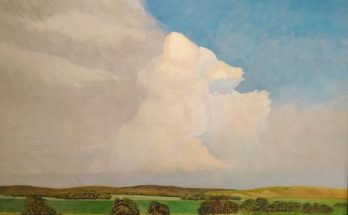By Josemaria Moreno
June 21 marks International Yoga Day, and to celebrate it, I mention this text that marks the return of the great French writer (Princess of Asturias Award for Literature 2021) after six years of moving away from narrative. His style is well recognized, a captivating mix between fiction and non-fiction—at times even alarming and enigmatic. Which parts are biography, which characters will be reflected in its pages, and what do you think of that stark reflection so characteristic of Carrère? Anecdotes about it abound, but in this book, the character is both himself and the analysis that he presents to us. Perhaps for this very reason, with all its violence, we must not fail to mention it moving.
“Yoga” is not, or is not primarily, a manual on the art of meditation. His definitions of yoga, for example, are insightful reflections that will deeply impact even the reader who is completely unfamiliar with meditation. The book is rather the description of the author’s descent into the hells of depression that led him to want to take his own life. It is also a story of heartbreak, of disappointment—the disappointment of not being able to love someone for a lifetime. Because love, like thoughts in meditation, comes without provocation and withdraws without much sense or meaning. It is also a story of suffering, friendship, altruism, and forced migration. Here, some of the most beautiful passages are also the most comical but also the ones that will bring tears of helplessness and disappointment.
The structure of the book is something remarkable as well. Begin gently and peacefully with a Vipassana meditation session—a meditative technique that consists of courses that usually last 10 days, with meditation sessions of 10 hours per day and the practice of monastic silence throughout the experience. Slowly, however, the narrative turns turbulent, reviewing a chapter of globalization that in France became literally terrorism—speaking of the murders in the weekly Charlie Hebdo that left 10 dead, a friend of the writer among them. Subsequently, the author describes his admission to a clinic where he was diagnosed —at 60 years old, having suffered from the disease all his life—with type 2 bipolar disorder. Surprisingly, the author survived and made a trip to Greece, where he will write fascinating notes about writing as therapy—for himself, a renowned and sad author, and for young migrants on their way to Northern Europe with stories infinitely sadder than the author’s.
As I mentioned, the structure of the text is striking. It resembles a sincere and insightful meditation session: this practice, despite what any manual says, is anything but peaceful. It is stormy, difficult, even feverish, but it is not without an unexpected harmony that brings about the deepest peace that can be imagined. Life, like meditation, is tortuous, but there is room for grace and forgiveness, or as Carrère says, quoting the anonymous 14th-century English mystic: “It is not who you are that God looks upon with the eyes of his mercy, but the one you wanted to be.»




